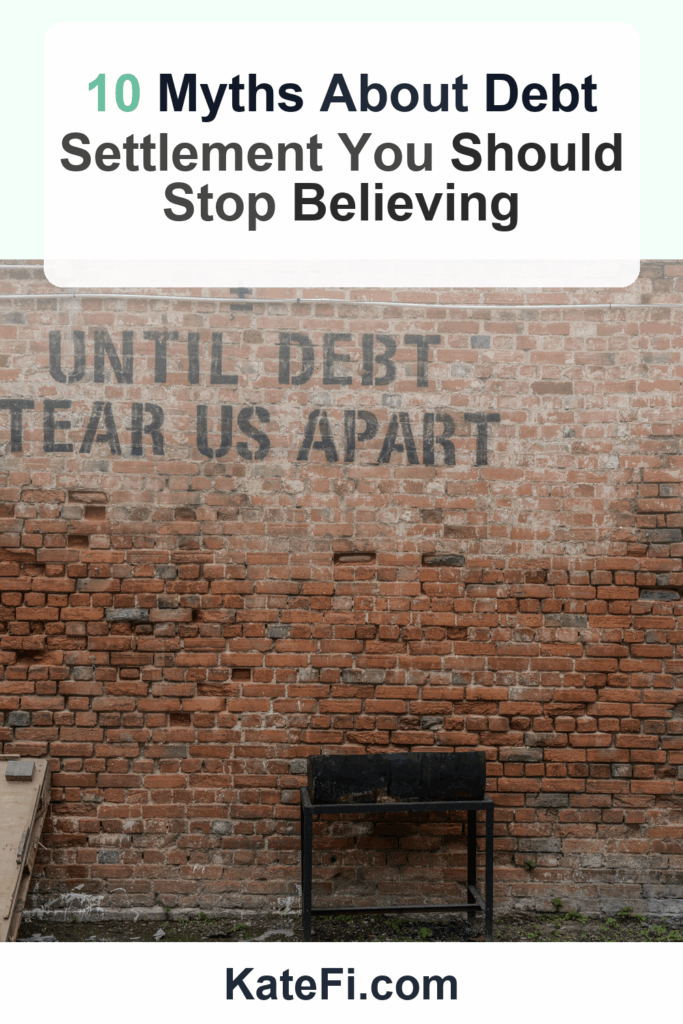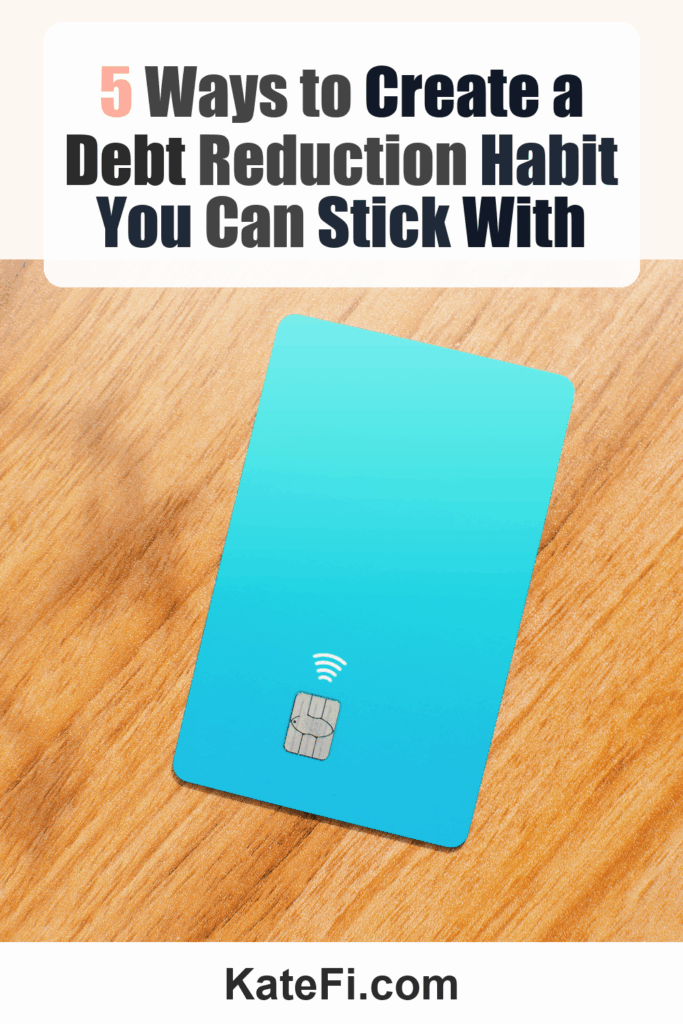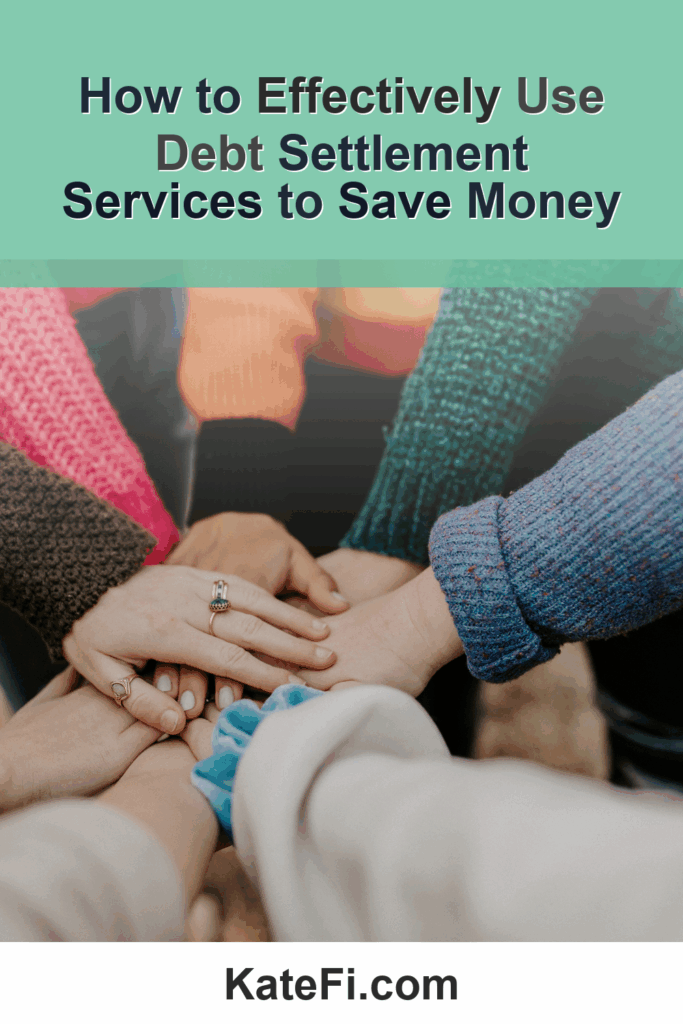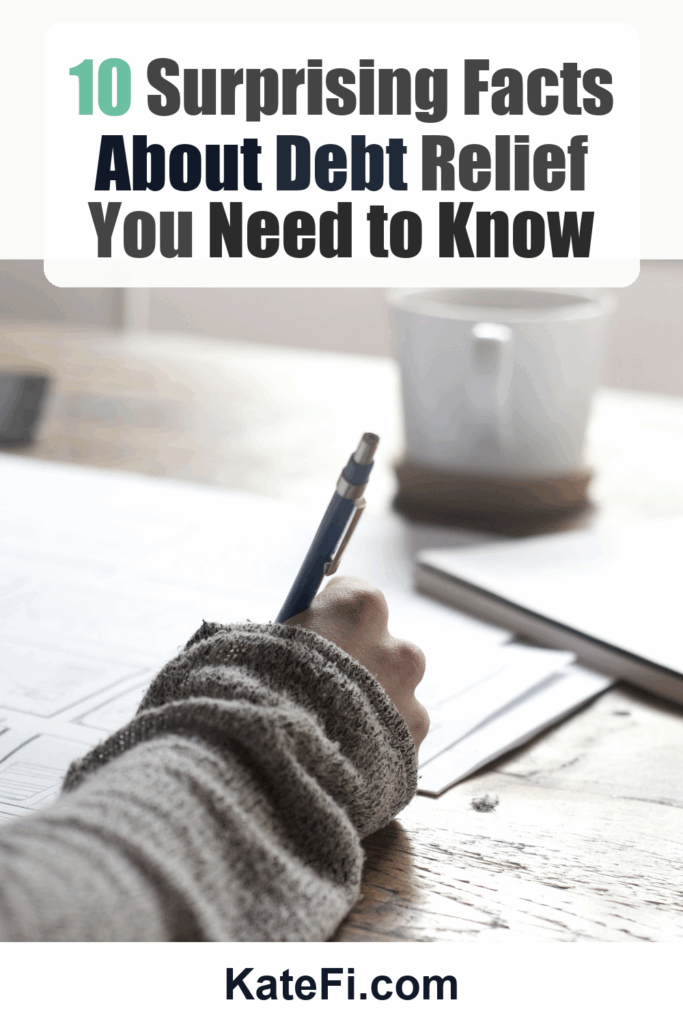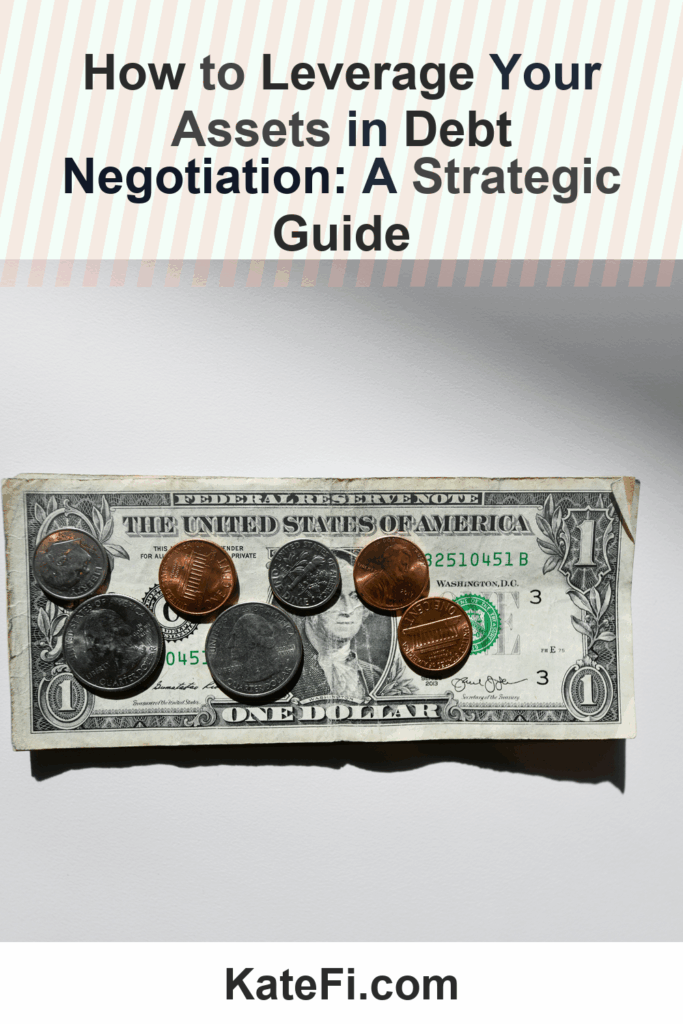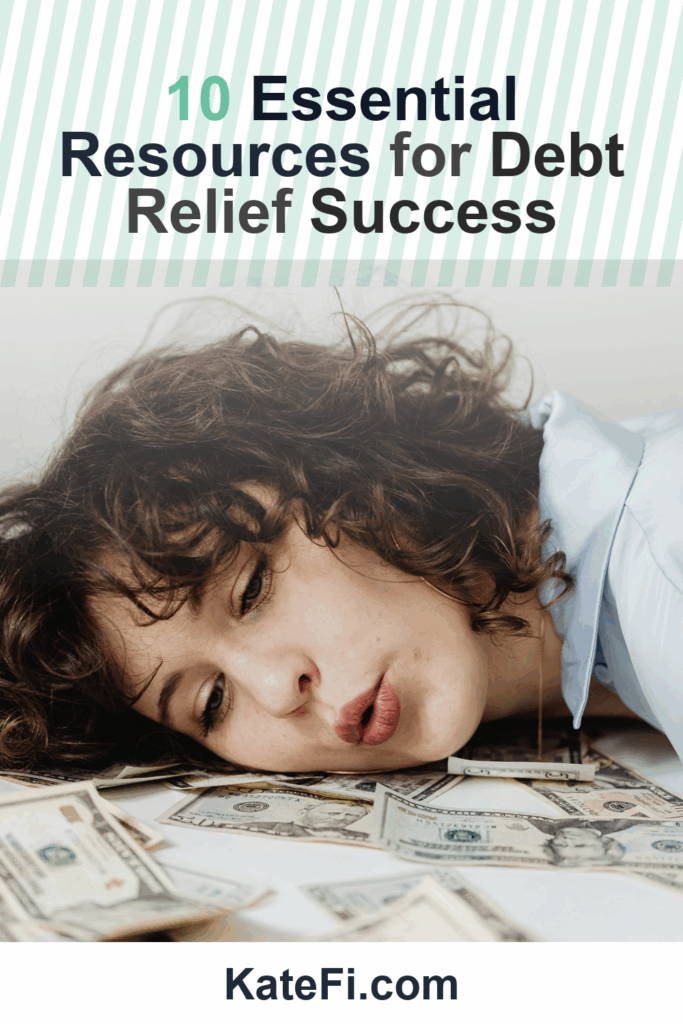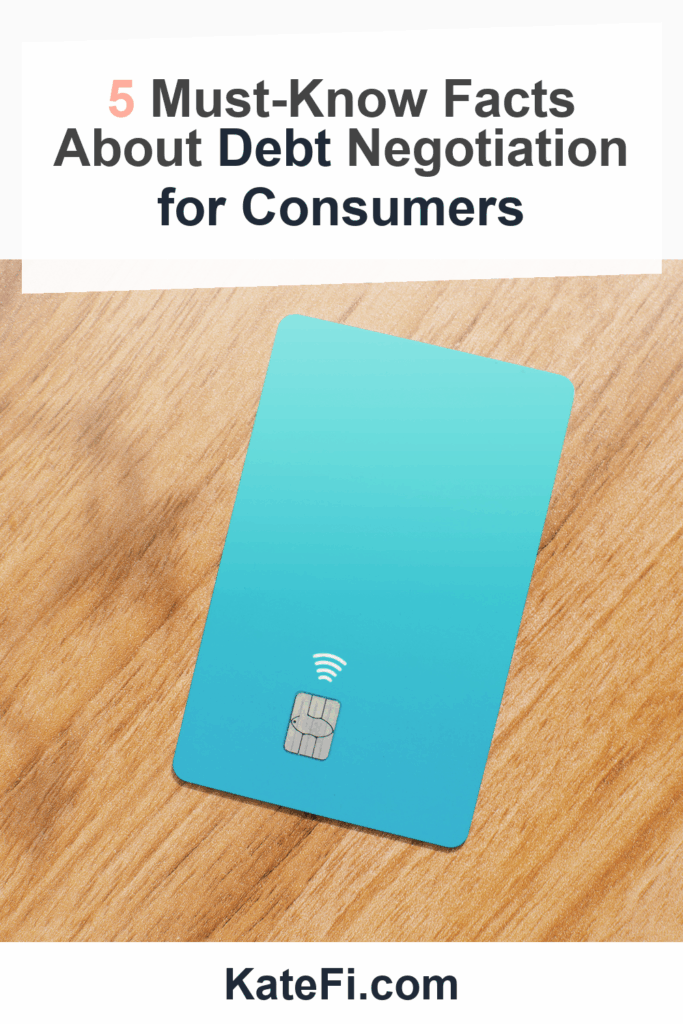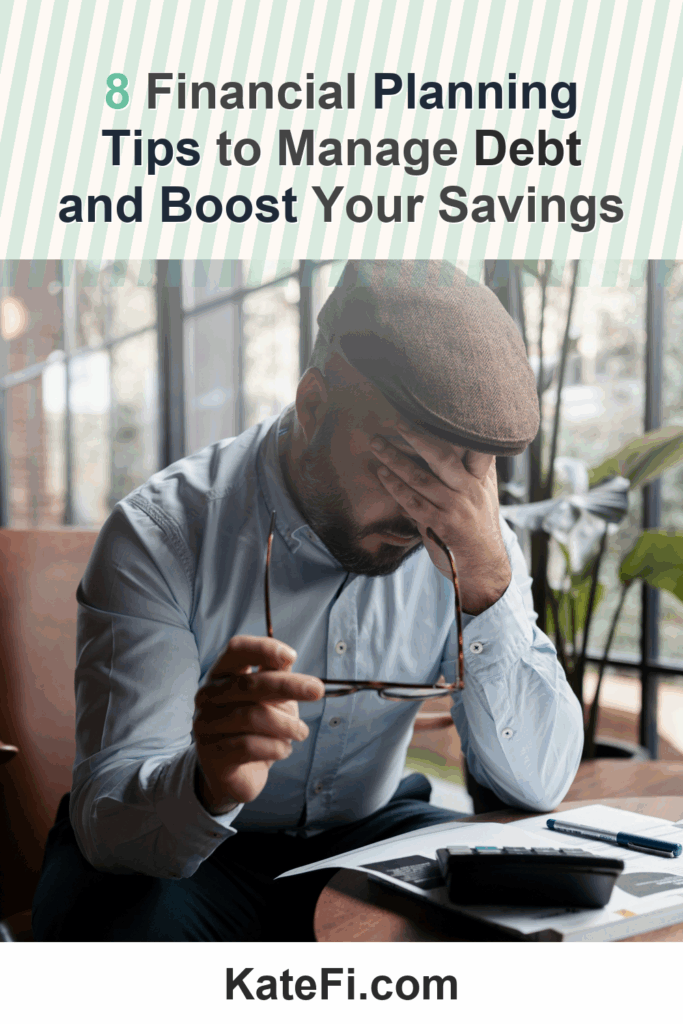Comparing Secured vs. Unsecured Debt: Which Should You Tackle First?
Debt can be an overwhelming burden, and knowing how to manage it is crucial for financial well-being. When navigating through your debt relief options, one of the most important distinctions to understand is between secured and unsecured debt. This post will guide you through the nuances of each, helping you determine which type of debt to tackle first and how to avoid common debt-relief scams.
Love our content? Show your support by following us — pretty please!🥺
FOLLOW ON PINTEREST
Hi! I’m Kate, the face behind KateFi.com—a blog all about making life easier and more affordable.
Understanding Secured vs. Unsecured Debt
Lower Your Unsecured Debt
If you have $5,000+ in credit card or personal loan debt, a free consult can review options like settlement or hardship plans.
- One-on-one call to review your debts and goals
- See potential monthly payment reductions
- No obligation to enroll
Not available in IL, KS, OR, TN, UT, WV.
Before diving into strategies for managing your debts, it’s essential to clarify what secured and unsecured debt entails:
- Secured Debt: This type of debt is backed by collateral, which means that the lender has a legal claim to a specific asset in case of default. Common examples include mortgages and auto loans. If you fail to make payments, the lender can seize the asset.
- Unsecured Debt: In contrast, unsecured debt is not tied to any specific asset. Credit card debt, personal loans, and medical bills fall into this category. If you default on unsecured debt, creditors cannot claim any of your possessions, but they can pursue collections, which can adversely affect your credit score.
Quick Comparison Table
| Type of Debt | Collateral | Examples | Impact of Default |
|---|---|---|---|
| Secured Debt | Yes | Mortgages, Car Loans | Asset repossession |
| Unsecured Debt | No | Credit Cards, Personal Loans | Collections, lawsuits |
The Roadmap to Tackling Your Debt
When faced with debt, it can feel like navigating a maze. Understanding your options is crucial for determining the best course of action. Here’s a step-by-step roadmap to help guide you through this process:
- Assess Your Debt: Begin by listing out all your debts, identifying which ones are secured and which are unsecured. This will help you understand the magnitude of your situation.
- Gather Documentation: Collect necessary documents such as account statements, contracts, and any relevant correspondence from your creditors. This information will facilitate a smoother consultation process when seeking help.
- Consult a Professional: Consider getting a free consultation to review your options. Professionals can provide tailored advice based on your specific situation, and they can help you explore strategies such as settlement, debt management plans (DMP), or consolidation.
Understanding Your Options: Settlement, DMP, and Consolidation
Depending on your unique circumstances, you may have several pathways to consider. Here’s a closer look at each:
- Debt Settlement: This option involves negotiating with creditors to pay a reduced amount. It’s typically more viable for unsecured debts. Be cautious, as some companies may charge high fees for this service, and it can negatively affect your credit score.
- Debt Management Plan (DMP): A DMP involves working with a credit counseling agency to create a structured plan for repaying your debts. The agency may negotiate lower interest rates or monthly payments on your behalf. While this can help streamline payments, be wary of agencies with high fees.
- Debt Consolidation: This approach combines multiple debts into a single loan, ideally with a lower interest rate. This can simplify payments but comes with its own risks, especially if secured debts are included.
✅ See If You Qualify for Debt Relief
Step-by-Step: Deciding Which Debt to Tackle First
👉 Start Your Free Debt Relief Review
Not available in IL, KS, OR, TN, UT, WV.
When faced with both secured and unsecured debt, it can be challenging to know where to begin. Here’s a step-by-step checklist to help you decide:
1. Prioritize Secured Debts
- Keep Your Assets Safe: If you have secured debts, focus on these first to avoid losing your collateral. For example, if you have a mortgage and are at risk of foreclosure, this should take precedence over unsecured debts.
2. Analyze Your Cash Flow
- Determine Payment Affordability: Create a budget to analyze your monthly cash flow. Identify how much you can realistically afford to pay towards your debts each month.
3. Explore Repayment Options
- Evaluate Debt Relief Solutions: After identifying which debts to prioritize, consider the aforementioned solutions (settlement, DMP, consolidation) for both secured and unsecured debts.
4. Check for Scams
- Beware of Red Flags: As you explore options, be vigilant for signs of potential scams. Legitimate debt relief companies won’t ask for upfront fees or make unrealistic promises about quick fixes. Always do your research and consult with professionals you trust.
✅ See If You Qualify for Debt Relief
The Impact on Your Credit Score
While you may be eager to tackle your debt, it’s crucial to understand how your choices may affect your credit score. Here’s a quick breakdown:
- Secured Debt: Missing payments can lead to repossession, which severely impacts your credit. Prioritizing these debts is vital to maintain your assets and credit score.
- Unsecured Debt: Defaulting can lead to collections, which can harm your credit score. However, there are often more flexible negotiation options available with unsecured debts.
Documents to Gather for a Faster Review
Understand pros/cons of settlement vs consolidation vs DMP for your exact mix of debts.
Not available in IL, KS, OR, TN, UT, WV.
To expedite your debt consultation and streamline the process, gather the following documents:
- Account statements for all debts (secured and unsecured)
- Current income documentation (pay stubs, tax returns)
- Monthly expense statements (bills, living expenses)
- Any correspondence with creditors regarding payments or settlements
✅ See If You Qualify for Debt Relief
Conclusion: Taking the Next Step
Tackling debt is undoubtedly a daunting process, but understanding the differences between secured and unsecured debt can empower you to make informed decisions. By prioritizing your debts effectively, gathering necessary documentation, and consulting with a reliable professional, you can set yourself on a path toward financial relief.
Remember, no one-size-fits-all solution exists, and results can vary based on your situation and state. Be vigilant and wary of scams in the debt-relief industry. Legitimate companies will work transparently with you and won’t make unrealistic promises.
If you’re feeling overwhelmed, consider getting a free consultation to explore the options available to you. You don’t have to navigate this journey alone; help is out there!
Important: This content is for education only—not legal, tax, or financial advice. Results and eligible programs vary by situation and state. Fees apply if you enroll and complete a program. Debt relief can affect credit; missed payments may lead to collections/lawsuits. Not available in IL, KS, OR, TN, UT, WV.





